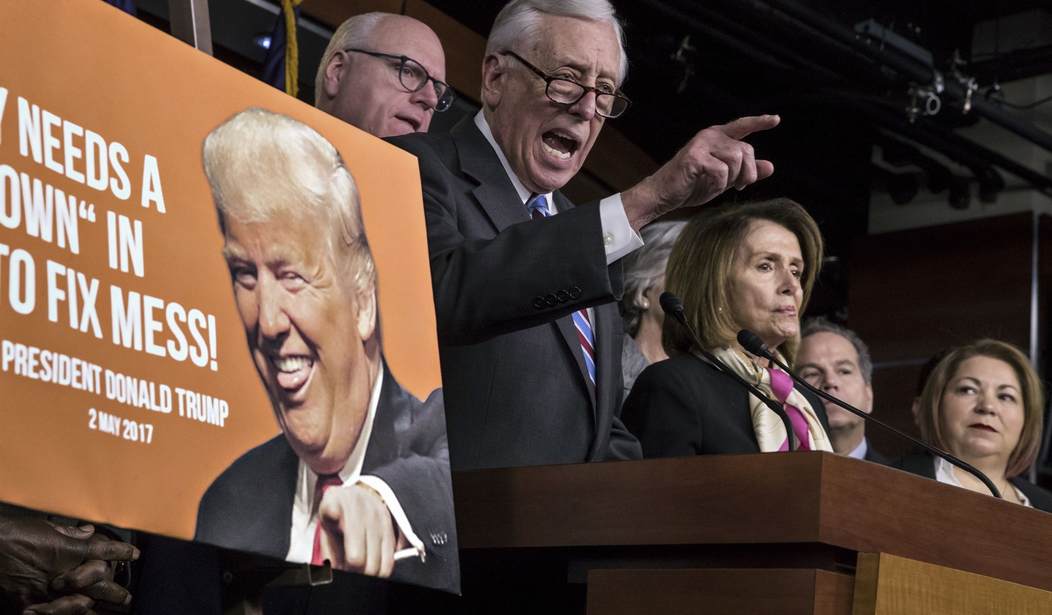Congresspeople from both parties are celebrating the much-anticipated return of congressional earmarks. And if you think Congress has been spending money like a drunken sailor now, you ain’t seen nothing’ yet.
Earmarks are inserted into spending bills that direct appropriations to a specific business or entity without the benefit of having gone through the appropriations process or even a formal vote. They are an open invitation to corrupt governance, which is why both parties are eager to embrace them once again.
The new Republican Congress banned earmarks in 2011 but ever since then, members have been scheming to bring them back.
We’re told not to worry, that there will be some “reforms” instituted to make earmarks more transparent. You know what they say about good intentions. The road to hell is paved with billions of dollars in earmarks.
House Majority Leader Steny Hoyer made the announcement on Friday.
Hoyer said all three [candidates to replace retiring House Appropriations Committee Chairwoman Nita Lowey] support, with leadership’s backing, transparency measures similar to those in place a decade ago before the practice was banned entirely. That includes making a project’s requestor publicly available as well as the justification for spending taxpayer dollars on it, and clearly noting in legislation which provisions constitute member-requested items.
“There are three candidates for chair of the Appropriations Committee. All have indicated they are for congressional initiatives, congressional add-ons with the structure I’ve just talked about — transparency when you ask, when it’s given, when it’s on the floor,” Hoyer said.
The Republican Senate banned the practice a decade ago, but if the House sends spending bills to the Senate with earmarks, there won’t be much complaining.
He isn’t concerned that Senate Republicans’ permanent ban on earmarks will complicate negotiations on appropriations bills if the GOP keeps control of that chamber following two Georgia runoffs on Jan. 5.
“I don’t expect it to be a partisan effort. Now that doesn’t mean that everybody does participate,” he said. “But I know there are a lot of Republicans on our side and a lot of Republicans on the Senate side who want to . . . have the ability to invest in their states.”
Any time a congressman talks about “investing” tax dollars in anything, keep a close watch on your wallet.
Earmarks will add billions to total federal spending. You will have trouble finding them — even with the “reforms” — because many earmarks will be indistinguishable from normal spending. But they’ll be there and the money will be spent.
It would be easy to say all earmarks are bad, but many of them are quality-of-life improvements for communities like installing a traffic light at a dangerous intersection, fixing a bridge, a new playground for the kids — these are projects that for one reason or another, state governments refuse to fund.
But in the end, it’s just more pork-barrel politics. Whether the member adding the earmark or the recipient is identified doesn’t really matter. The practice of earmarks will still cost the taxpayer extra billions of dollars and should be stopped.










Join the conversation as a VIP Member